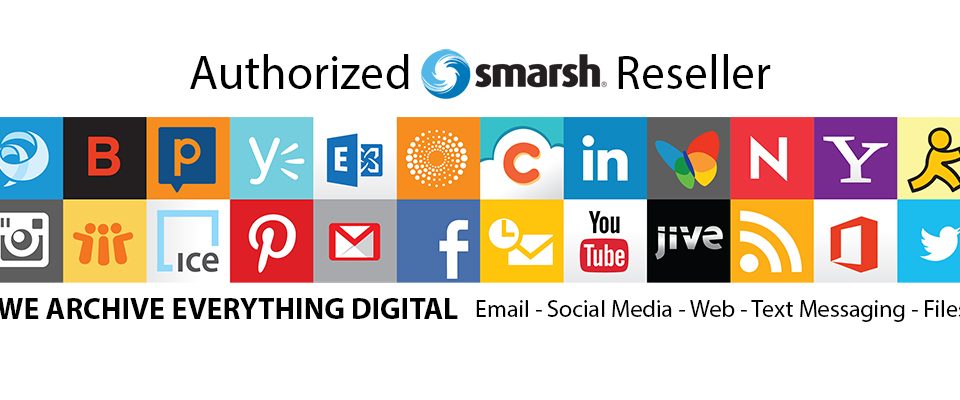Are you among the millions of consumers who believe that because it is sold on the grocery store shelves it must be safe? Well, think again! The dangers of bleach and other cleaning products are well documented but many times ‘brushed under the rug’ for profit. Did you know that there are no regulatory agencies that monitor the products that are brought into your home? There is no Federal Drug Administration for cleaning products. And the manufacturer is even protected by trademarks and copyrights on the proprietary formulas of these products.
If you are using bleach in the work place OSHA (Occupational Safety And Health Administration), which regulates the safety of the work place, will require you use a mask and gloves to handle the chemical to protect yourself. Scientists will only handle chlorine with gloves, face masks and ventilation. Do you use these precautions at home? Were you even aware you needed to? Did you know that the Sanitation Department will not dispose of full containers of cleaners because they are classified as hazardous material? It’s time to be an informed consumer!
Chlorine is a common additive to cleaners in the home such as dishwashing detergent. Chlorine was the first agent of chemical warfare in WWI. Since that time it has been added to our water supply and other products used in the home. Remember as well, the dangers of chlorine inhalation increase in the shower as the heat aerosolizes the chlorine and allows it to be soaked into our skin as well as inhaled. That’s why if you live in town, I highly recommend a shower filter.
The American Association of Poison Control Centers (AAPCC) recorded many exposures to household cleaning products that were serious enough to require hospitalization and physician care. The largest number of hospital occurrences in 1993 were from exposure to cleaning products such as drain cleaners, toilet bowl cleaners, bleach and detergents.
Chlorine Bleach is a strong corrosive material. It will irritate the eyes, skin and the respiratory tract by merely inhaling the gasses. The dangers of bleach are even greater when mixing it with other cleaners. When this happens a poisonous gas is released that can cause bloody noses, neurological disorders, headaches and even death. Accidents have happened where one person adds toilet bowl cleaner and another, following behind, will inadvertently add bleach. These noxious gasses have been found to then cause fatal injuries. Household bleach, without having been mixed with other products, can cause pulmonary edema, vomiting or coma if ingested. Most cleaners also contain chlorine in a dry form. The number one cause of household poisoning is dish detergent. If swallowed it is corrosive and will permanently damage the mouth and throat and can prove to be fatal. In my opinion, the greatest dangers occur over time when there is continued unprotected use. This has an accumulative effect on the body causing a tremendous strain and stress on the major detoxification organs such as the liver, kidneys, and lungs. Because it happens so gradually over many years, often times we don’t realize it is an issue until organs start to shut down. And we may never realize these chemicals were a major culprit in our body’s inability to heal. In my clinical practice, the most astounding effects I have seen are in children. Childhood illness including asthma especially is many times linked to an underlying Chlorine toxicity. Exposure to chlorine has also been strongly linked to breast cancer.
How can you protect yourself and your family? First – educate yourself. Find safer alternatives to the corrosive materials that now reside under your sink. You’d be surprised how much cleaning and laundry you can do with baking soda, vinegar, lemon and borax! Next, minimize the use of harsh chemicals in the home and around the children. Clean up spills immediately so you aren’t tempted to pull out the bleach to clean the spots. Always store cleaning material in their original containers and keep them out of reach of children. Lock the kitchen cabinets where the dish detergents and cleaners are kept. Follow the labeled directions and use the minimal amount of the product for the job.
The dangers of bleach are significant to your health and the health of your family. There are now many alternative options and opportunities to use products that are safer, smell better and are more cost effective. The choice is yours!






